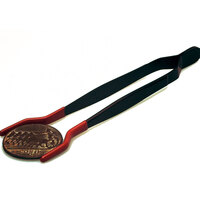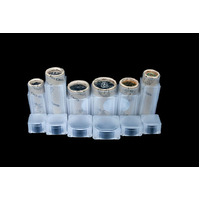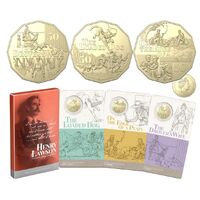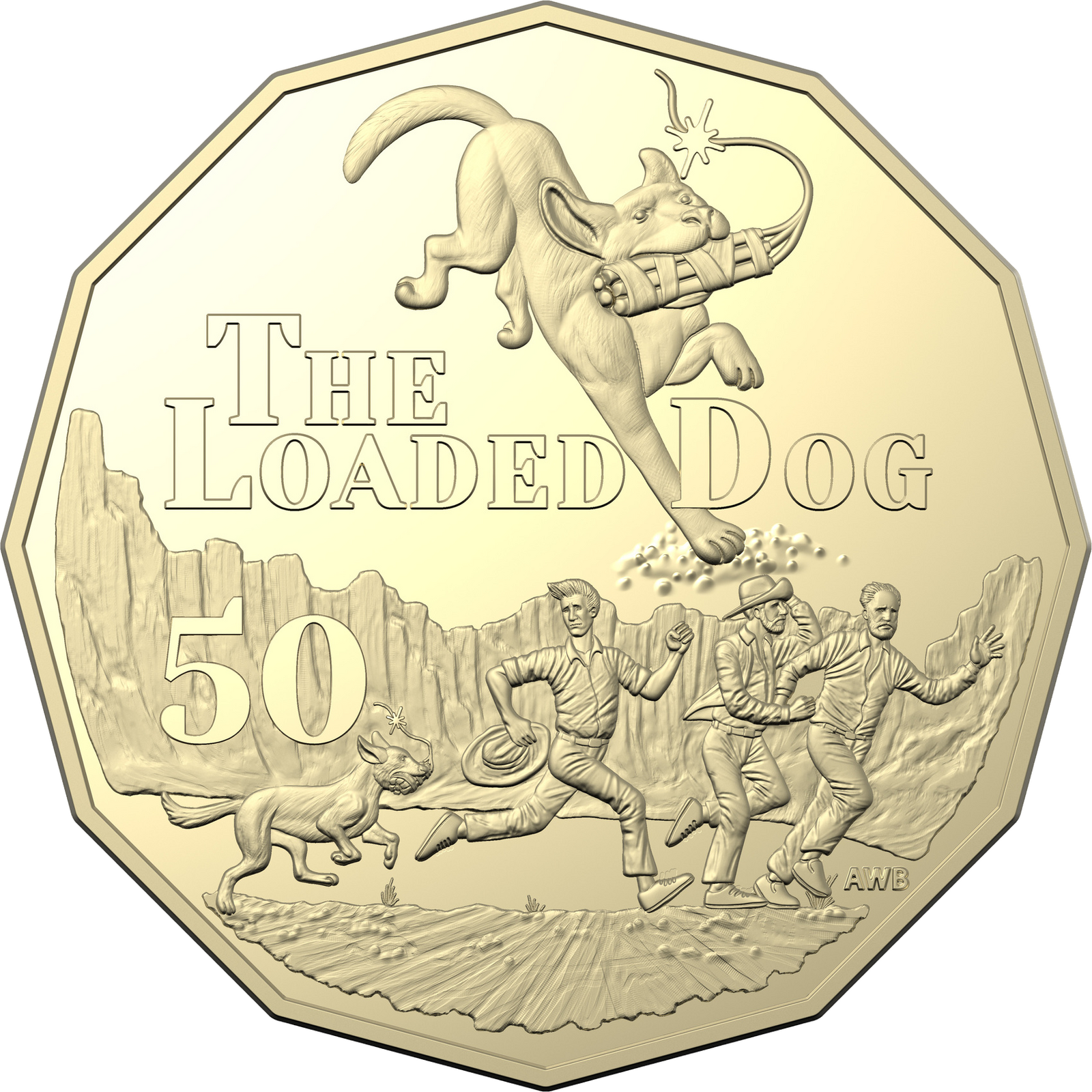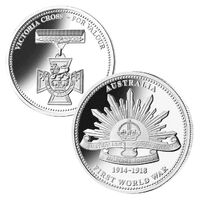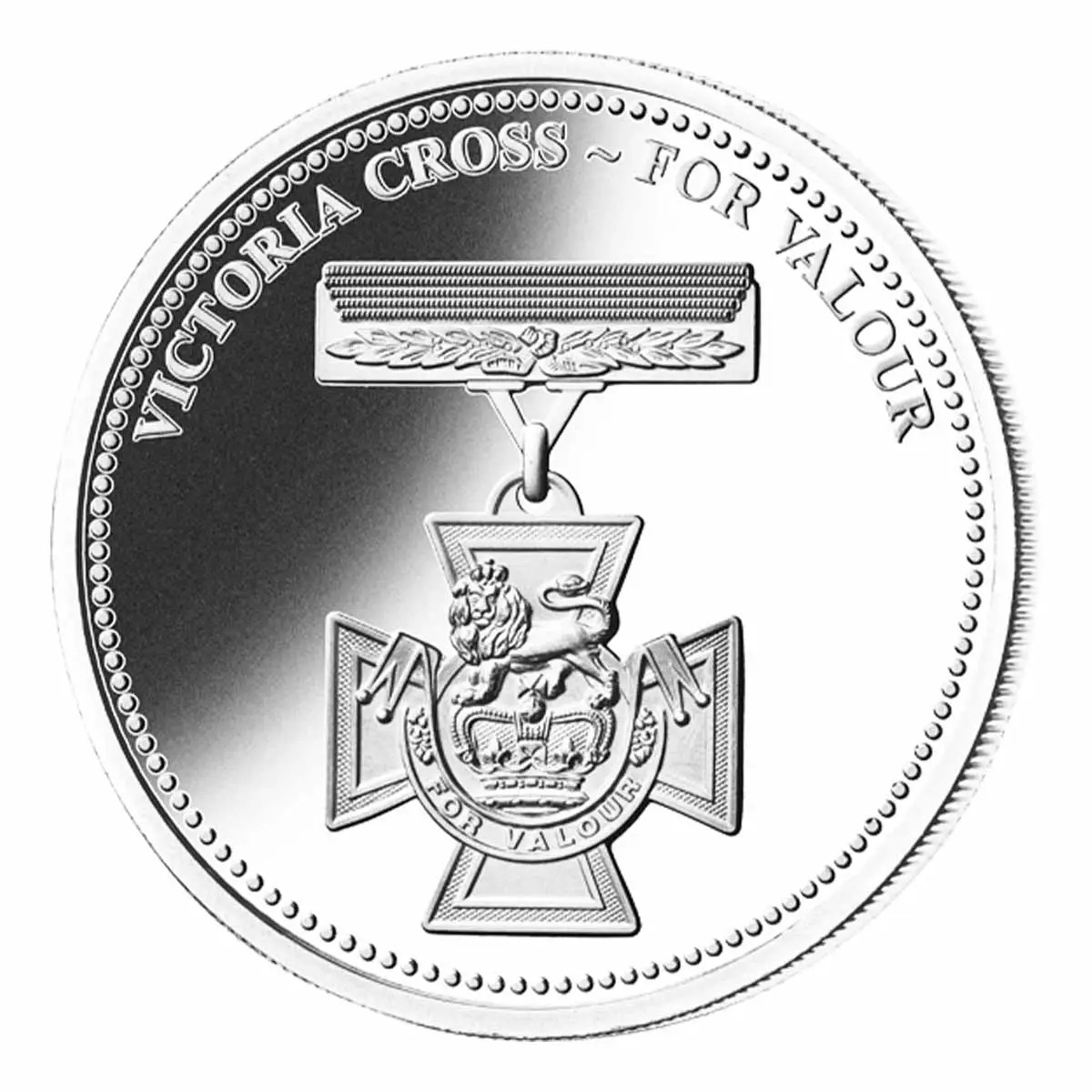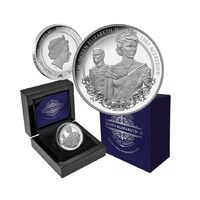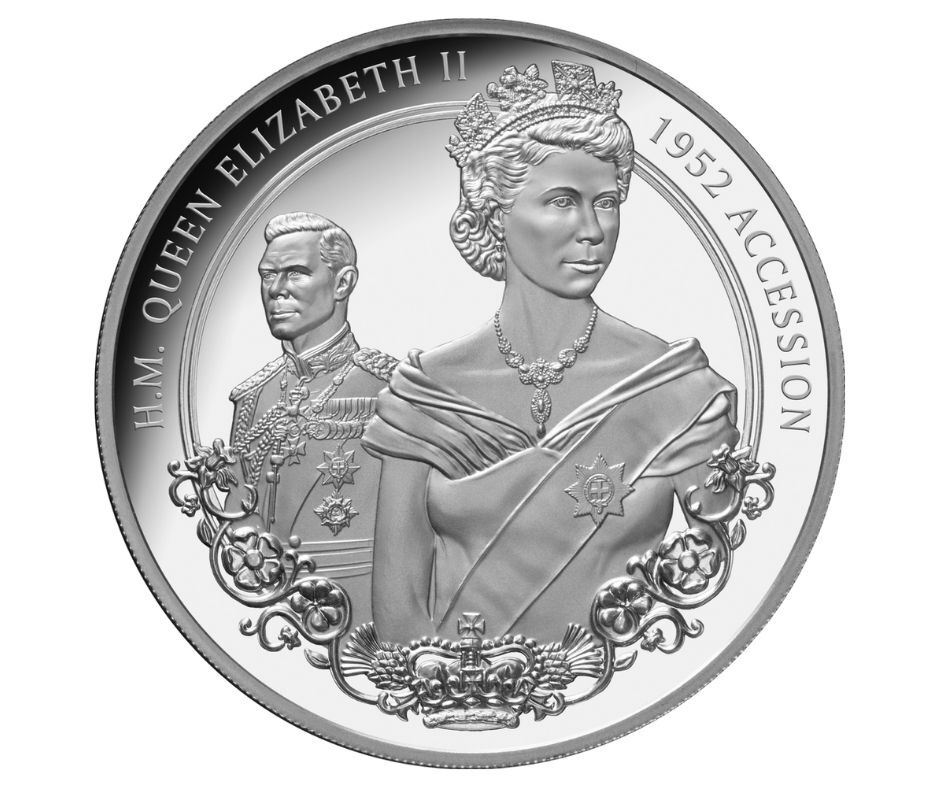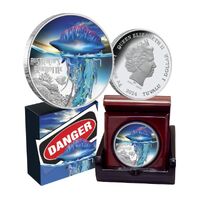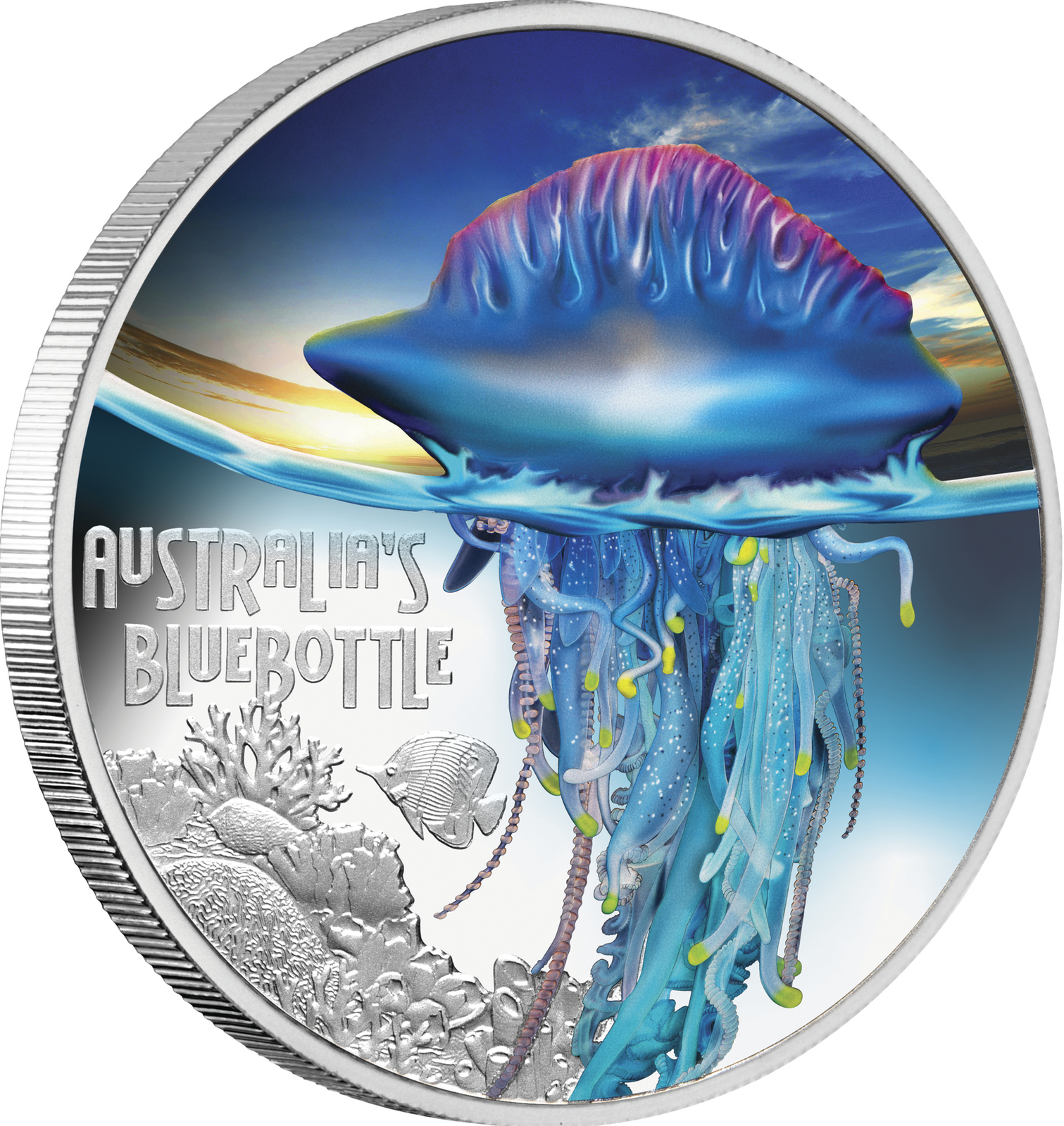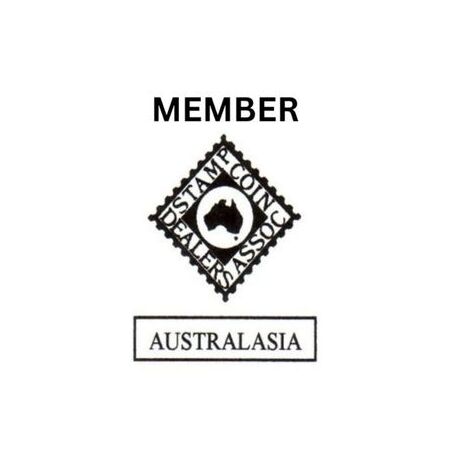1897 Hong Kong - Great Britain Silver Trade Dollar VF-30 Grade PCGS Grading Standards
London Mint Variety - 90 % Silver
- These Coins Are Worn/Circulated and Have Been Exposed to the Elements
- Will Come Stored In 2x2 Flip Protector (No Other Packaging. Box, Certificate, Case, etc.)
The 1897 Hong Kong - Great Britain Silver Trade Dollar is a remarkable numismatic relic that reflects the historical significance of trade relations between Hong Kong and Great Britain during the late 19th century. This silver dollar, beautifully crafted, captures the essence of international commerce during that era, with intricate design elements that showcase the union between these two prominent entities. As a tangible piece of history, this coin is not only a testament to the past but also a testament to the enduring economic ties and cultural exchange between these two regions. A cherished collector's item, it serves as a window into a bygone era of global trade and diplomacy.
As British trading interests expanded in the East, particularly following the establishment of Singapore in 1819 and Hong Kong in 1842, the need arose to create a distinct currency, replacing the reliance on various foreign coins in circulation within British colonies.
The origin of "China trade silver dollars" can be traced back to the First Opium War (1839–1842) and the Second Opium War (1856–1860), which erupted when Chinese authorities attempted to halt British opium smuggling into their country. China, the losing party, was compelled to open several ports to British trade and habitation, ultimately ceding Hong Kong to Britain. Subsequently, these areas attracted an influx of merchants and adventurers, fueling international trade. Various foreign banks were established, and substantial silver coins from around the world started to arrive to facilitate transactions involving tea, silk, and Chinese porcelain for export. These trade dollars, containing .900 fine silver, soon became widely accepted as a means of exchange throughout China. The British trade dollar, exclusively minted for use in the Far East, featured a design with Britannia standing on the shore, wielding a trident in one hand and holding a British shield in the other, with a merchant ship under full sail in the background. On the reverse side, an arabesque pattern with the Chinese symbol for longevity at its center and denomination in two languages—Chinese and Jawi Malay—was inscribed.
George William De Saulles designed the British trade dollar, and its minting commenced in 1895, specifically for Hong Kong and the Straits Settlements. However, once the Straits Dollar was introduced in the Straits Settlements in 1903, the British trade dollar was exclusively produced for Hong Kong until 1935. Those bearing the mint mark "B" were manufactured at the Bombay Mint, while those marked "C" were struck in Calcutta. Coins lacking a mint mark were produced in London. The mint mark "C" could be found between the left foot of Britannia and the base of the shield, whereas the mint mark "B" was located on the center prong of the trident. Notably, the 1921-B dollar was minted but never released for circulation, and only a limited number of 1934-B and 1935-B coins were put into circulation.
In some instances, the date on a pre-existing coin die was altered. Since this process left traces of the previous date, some coins exhibit remnants of an earlier date beneath the clearly visible one. Examples of this include 1897-B over 1896-B, 1900-B over 1894-B, 1901-B over 1900-B, 1909-B over 1908-B, 1904-B over 1898-B, 1903-B over 1902-B, 1908-B over 1903-B, 1904-B over 1903-B, 1929-B over 1901-B, 1908-B over 1907-B, and 1910-B over 1900-B.
On 1 August 1937, the British trade dollar was officially removed from circulation, or demonetized.
(15831)
| SKU | 15831 |
| Brand | The Royal Mint |
Be The First To Review This Product!
Help other Aussie Coins and Notes users shop smarter by writing reviews for products you have purchased.







![25 X Self Adhesive 2x2 Lighthouse Matrix Coin Holder Flips To Suit All Australian Coins [2x2 Size: 17.5mm (AU Threepence)]](/assets/thumb/130.jpg?20200707031119)
![25 X Self Adhesive 2x2 Lighthouse Matrix Coin Holder Flips To Suit All Australian Coins [2x2 Size: 17.5mm (AU Threepence)]](/assets/alt_1/130.jpg?20200707031119)

